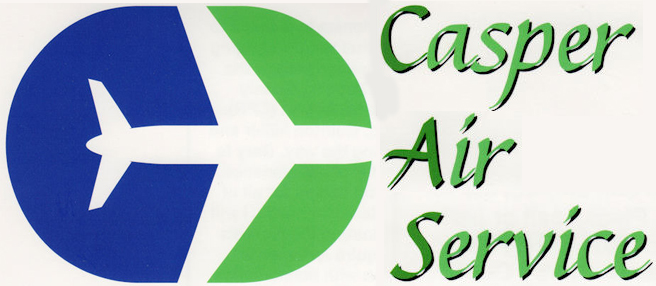Crash of a Cessna 402C in Rawlins
Date & Time:
Jun 1, 1997 at 2240 LT
Registration:
N1233P
Survivors:
Yes
Schedule:
Rawlins – Riverton
MSN:
402C-0804
YOM:
1984
Crew on board:
1
Crew fatalities:
Pax on board:
0
Pax fatalities:
Other fatalities:
Total fatalities:
0
Captain / Total hours on type:
4000.00
Aircraft flight hours:
7674
Circumstances:
During the initial climb after takeoff, while executing a dark-night departure, the pilot failed to maintain clearance from rising terrain about one and one-quarter mile off the end of the runway. Operator records indicated that the pilot had flown out of this airport in the past, and that the aircraft was approximately 600 pounds below maximum certificated gross weight at the time of departure. A teardown inspection of both engines revealed no pre-impact anomalies, and visual and teardown inspections of the propellers showed damage signatures consistent with ground contact in a flat pitch under significant power.
Probable cause:
The pilot's failure to maintain clearance from the terrain during the initial climb after a night takeoff. Factors include a dark night and rising terrain off the departure end of the runway.
Final Report:

